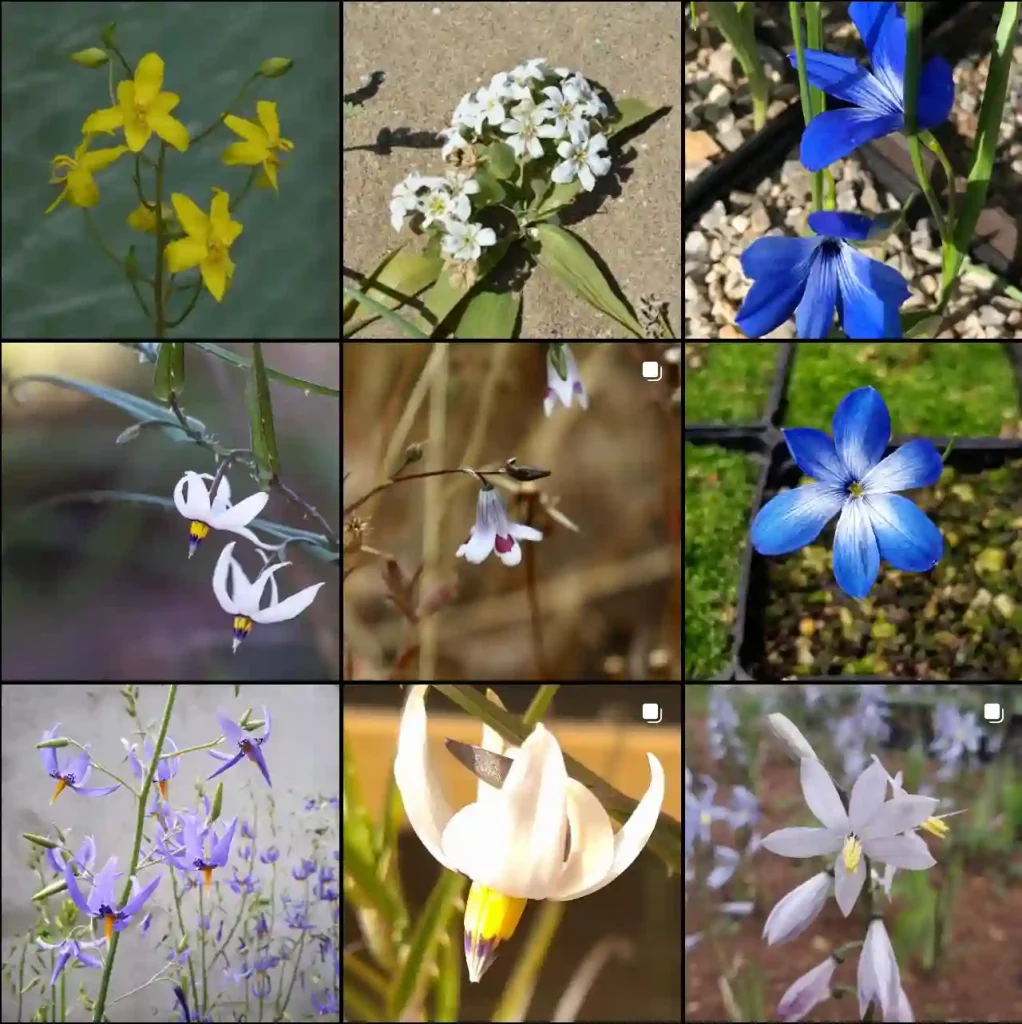
December 15 – Cercis
"Cercis, the redbud, defines December 15."
Cercis symbolizes beauty and resilience. You can withstand hardships and bloom in even the harshest conditions. Like its stunning pink blossoms, you bring beauty and warmth wherever you go.
Falling in Love with Redbuds: A Cercis Appreciation by Ferb Vu
The first time I saw a redbud in full bloom, I was captivated. It was like stumbling upon a hidden waterfall in the middle of a bustling city. The vibrant pink blossoms erupting from seemingly bare branches, the delicate heart-shaped leaves unfurling in the spring breeze – it was a sight that whispered of renewal and the quiet beauty of nature. That moment sparked a fascination with the genus Cercis, a group of small deciduous trees and shrubs more affectionately known as redbuds.
Redbuds belong to the Fabaceae family, which also includes peas and beans. This family connection is evident in the redbud’s seed pods, which resemble flattened pea pods and dangle from the branches in late summer. But it’s the flowers that truly steal the show. Emerging before the leaves, they cluster along the branches and sometimes even erupt directly from the trunk in a breathtaking display. These blossoms, typically a shade of rosy pink or lavender, are a welcome harbinger of spring, a vibrant reminder that life persists even after the harshest winter.
A Diverse Family of Redbuds
While the name “redbud” might suggest a single type of tree, the genus Cercis actually encompasses a diverse range of species, each with its own unique characteristics and charm. Here are:
- Cercis canadensis (Eastern Redbud): This is perhaps the most well-known species, native to eastern North America. It’s a popular ornamental tree, prized for its vibrant pink flowers and adaptability to various growing conditions. Cultivars like ‘Forest Pansy’ with its deep purple foliage and ‘Ruby Falls’ with its weeping habit offer even more variety for landscaping enthusiasts. Plant FAQs: Cercis Canadensis – Eastern Redbud
- Cercis siliquastrum (Judas Tree): Native to the Mediterranean region, this species is steeped in history and legend. It is said that Judas Iscariot hanged himself from this tree after betraying Jesus, giving rise to its common name. Despite this somber association, the Judas Tree is a stunning specimen, with its profusion of pink flowers and ability to bloom even on mature trunks.
- Cercis chinensis (Chinese Redbud): As its name suggests, this species hails from China. It’s known for its slightly larger flowers and more compact growth habit compared to its Eastern cousin. Cultivars like ‘Avondale’ offer a profusion of rosy-purple blooms that create a dramatic focal point in any garden.
- Cercis occidentalis (Western Redbud): This species is native to the western United States and is well-suited to drier climates. It boasts beautiful magenta flowers and attractive blue-green foliage that turns a vibrant yellow in the fall. Plant FAQs: Cercis Occidentalis
- Cercis griffithii (Afghan Redbud): This lesser-known species is native to Central Asia and features striking purplish-pink flowers and rounded leaves.
- Cercis chingii Chun
- Cercis chuniana F.P.Metcalf
- Cercis glabra Pamp.
- Cercis orbiculata Greene
- Cercis racemosa Oliv.
The Allure of Redbuds
What is it about redbuds that makes them so appealing? For me, it’s their understated elegance. They don’t demand attention with towering heights or showy blooms that overwhelm the senses. Instead, they offer a quiet beauty that unfolds gradually, revealing its charm with each passing season.
In spring, the vibrant blossoms create a spectacle of color, attracting pollinators like bees and butterflies. As the flowers fade, heart-shaped leaves emerge, casting a cool shade in the summer heat. In autumn, the foliage transforms into a tapestry of golds and yellows, adding a final flourish before winter’s slumber. Even in their dormant state, redbuds possess a sculptural beauty, their gnarled branches reaching out like graceful limbs against the winter sky.
Beyond their aesthetic appeal, redbuds are remarkably versatile and low-maintenance. They adapt to a variety of soil types and can tolerate both sun and partial shade. They are relatively pest and disease-free, making them an ideal choice for gardeners of all skill levels. Whether used as a specimen tree, a focal point in a mixed border, or even espaliered against a wall, redbuds add a touch of natural elegance to any landscape.
Redbuds in My Own Garden
Inspired by my initial encounter with that first redbud, I knew I had to incorporate these lovely trees into my own garden. I started with a young Cercis canadensis ‘Forest Pansy’, drawn to its deep purple foliage that provides a striking contrast to the surrounding greenery. I planted it in a sunny spot near my patio, where I can enjoy its vibrant spring display and the cool shade it provides in the summer.
Later, I added a Cercis chinensis ‘Avondale’ to a mixed border, its compact size and profusion of rosy-purple flowers adding a touch of drama to the planting scheme. I’m also considering adding a Western Redbud to a drier area of my garden, hoping to attract more native pollinators to my little urban oasis.
My fascination with redbuds continues to grow with each passing season. I find myself drawn to their quiet beauty, their resilience, and their ability to transform the ordinary into something extraordinary. They are a reminder that even in the midst of our busy lives, there is always room for the simple pleasures of nature. Whether you’re a seasoned gardener or just starting to explore the world of plants, I encourage you to discover the charm of redbuds for yourself. You might just find yourself falling in love, as I did, with these understated yet captivating trees.
If i die, water my plants!



